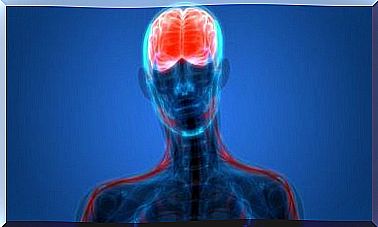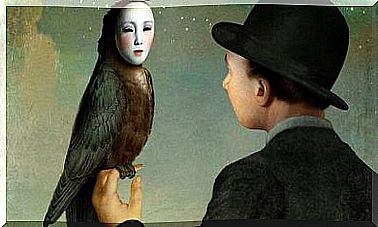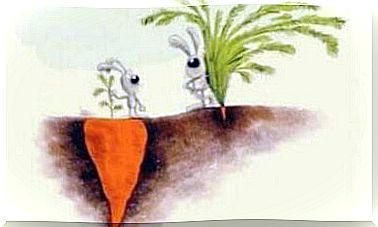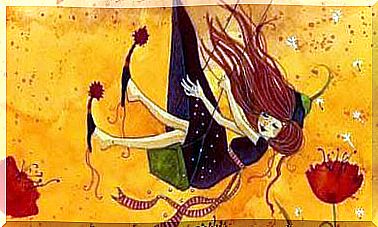Problem Solving Therapy: The Scientific Method For Making Decisions
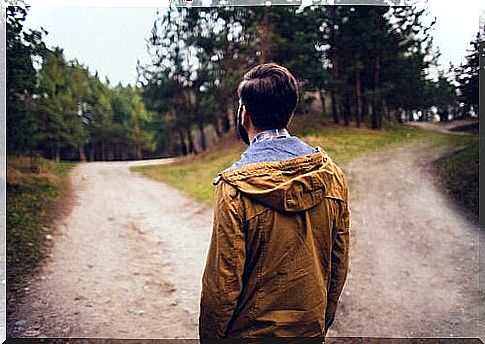
Ah, the problems, the damn problems! They spend their time driving us crazy. They range from those we were told at school to learn mathematics to those we meet on a daily basis. The good news is that before we had to face the first ones, we had professors teaching us the processes to be able to solve them.
But what can we do to deal with those in real life? These don’t have set formulas that always give a concrete result, do they? Do not despair! Although there is no exact method that tells us that if we do such and such a consequence will occur, we can be guided by the technique of problem solving, which will help us to make the right decision. more adequate.
“I am not the product of my circumstances, I am the product of my decisions. “
-Steven Covey-
What is Problem Solving Therapy?
Conflict is a part of life and we all suffer from it. As humans, we naturally find solutions to problems, although some people have this ability more “naturally” than others. What does this suggest to us? That this is a skill that can be developed. That’s why D’Zurilla and Goldfried came up with the idea of problem-solving therapy in 1971.
This technique will make our job easier when it comes to identifying problems, generating different solution alternatives and selecting the most effective response from among the proposals developed. In this way, we will rely on an additional tool to control the negative emotions that may arise in the face of different obstacles.
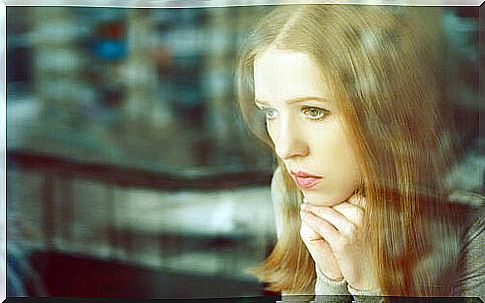
For this, we must follow a method composed of five phases that we will explain in more detail later. The process is long, but turning it on for important problematic situations is worth it. The steps to be taken are:
- Orientation to the problem.
- Definition and formulation of the problem.
- Generation of alternative solutions.
- Decision.
- Execution and verification.
Phase 1: problem orientation
The first step before trying to find a solution to a problem is to adopt a positive attitude towards the conflict and the capacities we have to face it in a brilliant way. We need to foster beliefs of self-efficacy, assuming that we can achieve conflict resolution and identifying those handicaps we start with, such as lack of self-confidence.
On the other hand, it is important to change our view of the problem. Instead of thinking about it negatively, which will make the solution-finding phase difficult, we need to see it as a challenge that will help us grow personally and improve our skills.
“Well-minded people are better at inductive reasoning and creative problem solving. “
-Peter Salovey-
In addition to all of this, we need to be able to stop and think before we act so that we can complete this first phase of the process. If we act on impulse, we will make mistakes in trying to solve the problem.
Phase 2: definition and formulation of the problem
Once we accept that there are problems and can find the right solutions, we can move on to the next phase. During this, we will try to define and formulate the conflict in an adequate way. This is very important since, once we know clearly what the concrete challenge is, we will have come a good part of the road.
So, it may be a good idea to start putting together the important information, describing it in concrete, specific and relevant terms. It is very important that we base ourselves on the objective facts, that is to say of the way in which a camera would film them, this camera not being able to record our thoughts but only what is happening, on the margins of our judgments.
It is also necessary to identify the reason why this situation ended in conflict. In addition, one needs to re-evaluate the meaning of it for personal and social well-being. Finally, we must realize that not all problems have a solution and that those that do involve different degrees of difficulty. We need to establish a realistic goal of solution. We can even break down a more complex problem into different “sub-problems” whose solution would be easier to find.
Phase 3: generation of alternative solutions
Once we have completed the previous two steps and know exactly what problem we are dealing with, it is time to find as many alternative solutions as possible. This is going to be difficult for us, as we are used to responding automatically to conflict situations, but we have to spend time working on this, whether as a main task or while we are doing something else. In fact, distracting ourselves has been shown to help us find more creative solutions.
The more we produce alternative solutions, the more ideas we have available and the more likely we are to find the best response to our conflict. We will also be able to come up with better quality ideas. It is important to remember that, in this phase, we do not evaluate the quality of the solutions since the judgment inhibits the imagination: we will evaluate them in the next point.
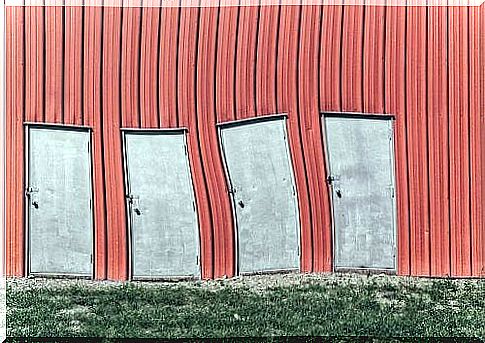
Phase 4: decision making
Now is the time to compare and judge the alternatives we found in the previous step. On the basis of the evaluation that we will do, we will select the best (s) to put them into practice in relation to the problem we have.
How are we going to do this? For each proposed solution, we will indicate the short and long term costs and benefits to select the solution or set of solutions that we believe will help us achieve the expected results. For this, we will base ourselves on four criteria:
- Solving the problem: probability that we will reach the solution.
- Emotional well-being: quality of the expected emotional outcome.
- Time / effort: the calculation of the amount of time and effort that we deem necessary.
- Overall personal and social well-being: reason for total expected cost / benefit.
With the results we get, we have to see if the problem has a suitable solution, if we need more information before we can activate an alternative and if so, which one to choose. If not, we will have to go back to the previous phases to be able to reach a satisfactory solution.
Phase 5: execution and verification
Once we have chosen the right solution, what remains to be done? Put it into practice! Only in this way will we know if this is the right alternative to overcome the problematic situation. Once we run it, we have to objectively observe and compare the result obtained to what we had expected. If we see that this is not the expected result, we must look for the origin of this shift in order to be able to correct it.
“Action is the fundamental key to any success. “
-Pablo Picasso-
Finally, when we solve a complicated problem, we normally forget to do something important: congratulate ourselves. There are people who spend their lives jumping from anguish to anguish and who, when they don’t have it, anticipate it. Doing this is arguably one of the best ways to end up buried under a stress stone.

The most important thing in all of this is that we have to stop thinking about problems over and over again, looking for solutions but not setting them in motion, which will lead to a high degree of unhappiness or even lead us to suffer. anxiety or depression disorders.
We have to take risks and make a decision, take a step forward. The error is human ! Who is perfect? Anybody ! Therefore, it is better to make a wrong decision than to sit for hours and hours thinking, without doing a single thing. Now that you know how to do it, I invite you to find the solutions to the challenges that are presented to you.
Images by Ryan McGuire

